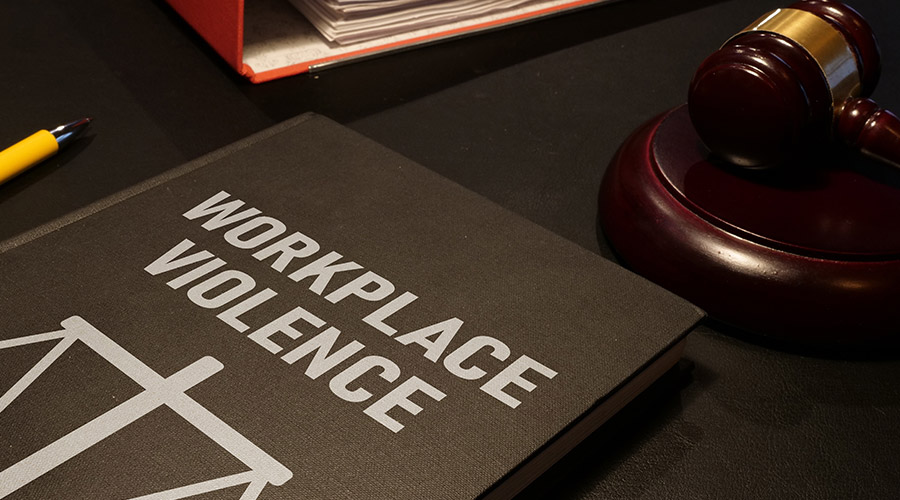Whoever said there is no creativity in healthcare facility operations likely hasn’t met Dennis Bursell.
Bursell, a recently retired facilities and maintenance manager at Clark Fork Valley Hospital in Plains, Mont., always challenged his operators to think creatively when it came to finding solutions to the hospital’s building operations challenges. According to Bursell, this creative thinking comes from skills gained and enhanced by participating in credentialing and training programs such as the Building Operator Certification (BOC).
“If you haven’t been to a course like that, you seem to think inside the box,” he said. “I always try to encourage my employees to think outside the box. When they come back from training, they are full of ideas.”
Each year, U.S. healthcare facilities spend more than $8 billion on energy. As those costs increase, it’s important for all building operators to be prepared and trained to think outside the box.
Invest in employees
Healthcare facilities looking to reduce costs naturally think to invest in efficiency improvements, but not all think to start by investing in developing the most important component of efficiency improvements – building operators. Building operator training and credentialing is essential to maximizing healthcare facilities’ operational cost savings.
Training and credentialing programs such as the BOC teach building operators new ways to conserve energy, comply with federal mandates, reduce costs and increase patient and employee comfort.
The benefits of employee training extend beyond the buildings themselves. “The great thing about it for employees – it also helps their marketability,” said Don Larson, director of engineering at a major medical center in the Northwest. “If they want to move into a different field, become an expert in a particular area or get into management level, it’s a great way to get started and headed down that path.”
Employees who participate in training programs can also benefit from the professional networks they build.
“The thing about BOC is that you get the name of everybody in your class and their emails,” Bursell said. “If you run into a problem, you just shoot out a big email and somebody out there has heard about this problem and fixed it before.”
Employee satisfaction and retention is an added value for managers who invest in employee training. “I think people that feel more competent tend to be more confident, and it shows,” Larson said. “It’s just infectious – not a word you like to use in a hospital, but it does become so, and everybody starts to feel better about themselves.”
Learn from success
Operations technologies can be complex, but the solutions don’t have to be. Transitioning from propane to a pellet boiler, a seemingly simple change, helped Bursell and his team save their hospital more than $61,000 per year. In fact, Bursell said his team walks away from trainings full of ideas that can benefit the entire building.
After Jason Williams completed his training, for example, he was able to fix an issue that had yet to be resolved – a failed variable air volume (VAV) system. Jason proposed fixing the VAV system by using a more efficient Mitsubishi system. The solution worked well and contributed to the building’s energy efficiency efforts by acting as a heat pump in the winter and a coolant in the summer.
Facility managers looking to persuade their companies to invest in employee training and energy efficiency improvements should reference success stories like Bursell’s. Once facility managers have executive buy-in, they can invest resources in improving their buildings’ efficiency, increasing patient comfort and educating employees on ways to help save energy through tasks such as:
• Internal campaigns to educate employees on ways to save energy
• Energy-saving competitions
• Employee focus groups to gather insights that can help reduce energy usage
• Newsletters, posters, email blasts and other communications to educate employees on ways to save energy
For additional employee energy-saving program ideas, see the Northwest Energy Efficiency Alliance (NEEA) tip sheet.
Work together
As Bursell’s team learned, creative thinking and teamwork are the best approaches to solving maintenance and efficiency challenges. Even if one solution has been tested and approved, facility managers can encourage employees to think of additional solutions and to keep up with new products and innovations that can solve their challenges.
The Environmental Protection Agency (EPA) recently encouraged creativity with the launch of its 2015 Energy Star Battle of the Buildings. Nationwide, 125 teams are competing to reduce their energy and water usage. The competition demonstrates a unique way that the industry is supporting President Obama’s Climate Action Plan, which mandates businesses cut waste and become at least 20 percent more energy efficient by 2020. This year, 9 percent of participating buildings are hospitals or medical offices.
As the Battle of the Buildings and Bursell’s training experience show, creative solutions are often a group effort involving partnerships and discussions among colleagues. Companies that invest in training their building operators will have better informed employees with a strong network, which can lead to a greater exchange of ideas and creativity when it comes to prescribing solutions to everyday building operations challenges.
Cynthia Putnam is a project director with the Northwest Energy Efficiency Council (NEEC). She oversees the national Building Operator Certification (BOC) program, which provides energy efficiency through operator training and certification.

 3 Employees Injured by Patient at Halifax Infirmary's Emergency Department
3 Employees Injured by Patient at Halifax Infirmary's Emergency Department How Architects Shape the Future of Healthcare Facilities
How Architects Shape the Future of Healthcare Facilities UNC Health, Duke Health Form Partnership for Stand-alone Children's Hospital
UNC Health, Duke Health Form Partnership for Stand-alone Children's Hospital Sarasota Memorial Hospital Plans to Build New Facility in North Port
Sarasota Memorial Hospital Plans to Build New Facility in North Port CMMS, Data and the Path to Compliance
CMMS, Data and the Path to Compliance